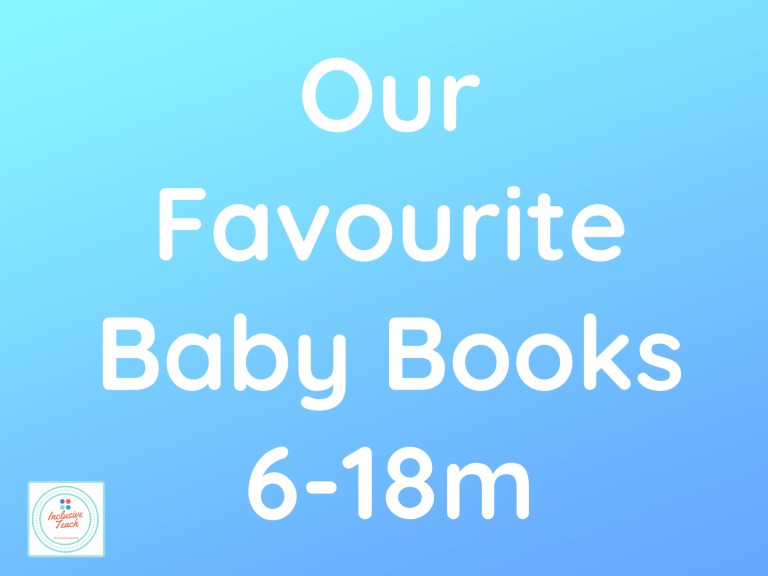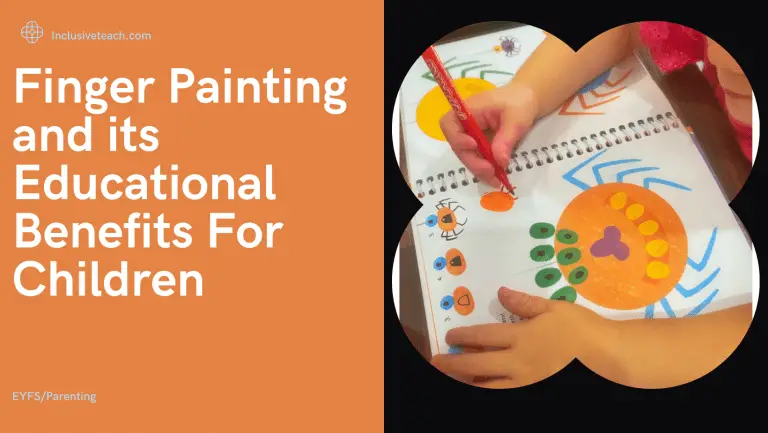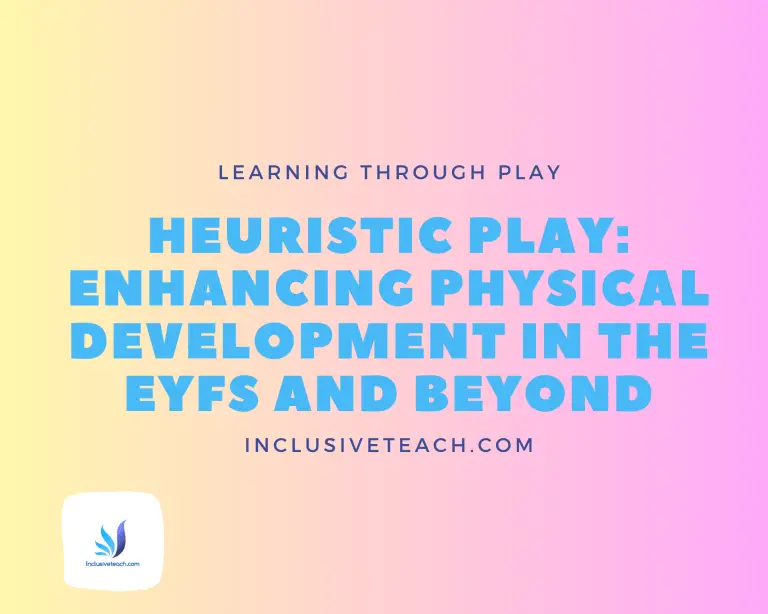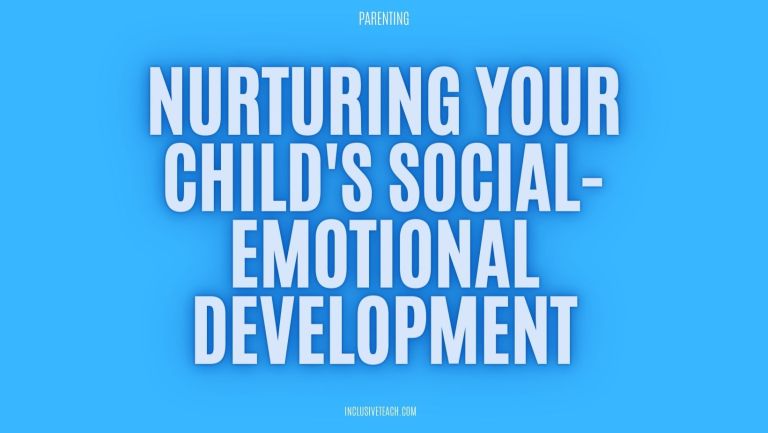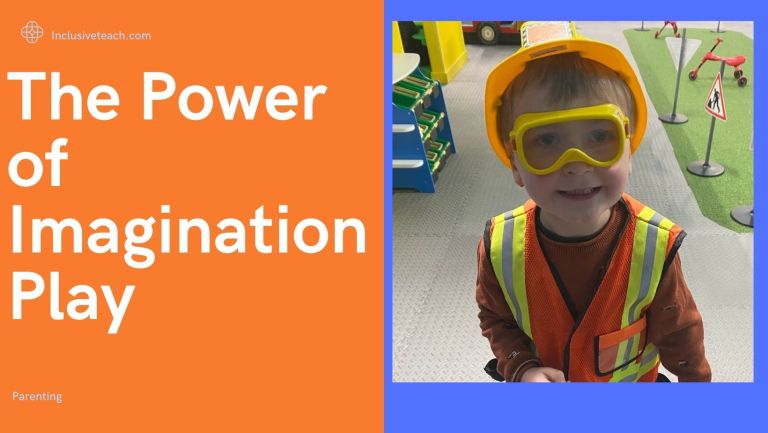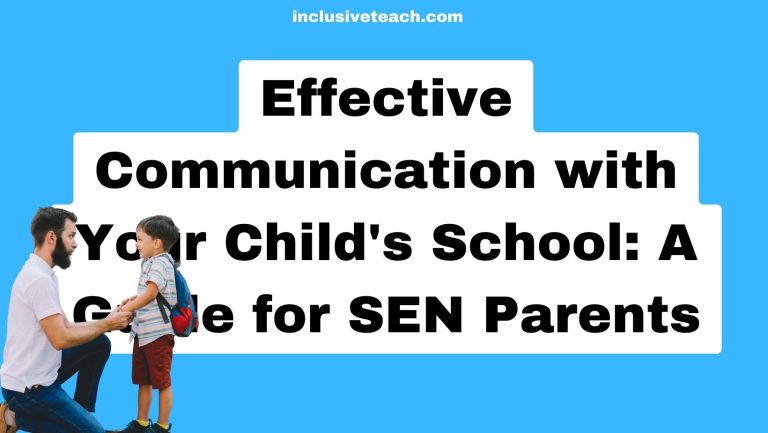5 Independent Play Toddler Activities
5 Quiet Toddler Activities – Ideas for Independent Play
As a dad of three toddlers over the years, I know how hard it can be to find some peace and quiet in the house. Sometimes, I just need a few minutes to catch up on some work, make a phone call, or take a breather. But how can I keep my little ones entertained and engaged without resorting to screen time or noisy toys? The answer is independent play.
Independent play is any activity that your child can do by themselves, without needing your help or supervision. Independent play has many benefits for toddlers, such as:
- Developing their imagination and creativity
- Enhancing their concentration and focus
- Boosting their confidence and self-reliance
- Learning to problem-solve and think critically
- Having fun and enjoying their own company
How to Get a Toddler to Play Independently
Independent play is also a great way to foster your child’s independence and prepare them for school. According to Maria Montessori, a famous educator and physician, “follow the child” is the best way to teach them. By letting your child choose what they want to play with and how they want to play with it, you are respecting their interests and abilities. This is subtly different to completely unstructured play as you are creating opportunities for play and carefully selecting the activities.
But how can you encourage independent play in your toddler? What kind of activities can you offer them that are quiet, easy, and low-mess? Here are five ideas that you can try today. You may also like our homemade sensory toys post that can keep children engaged for hours.
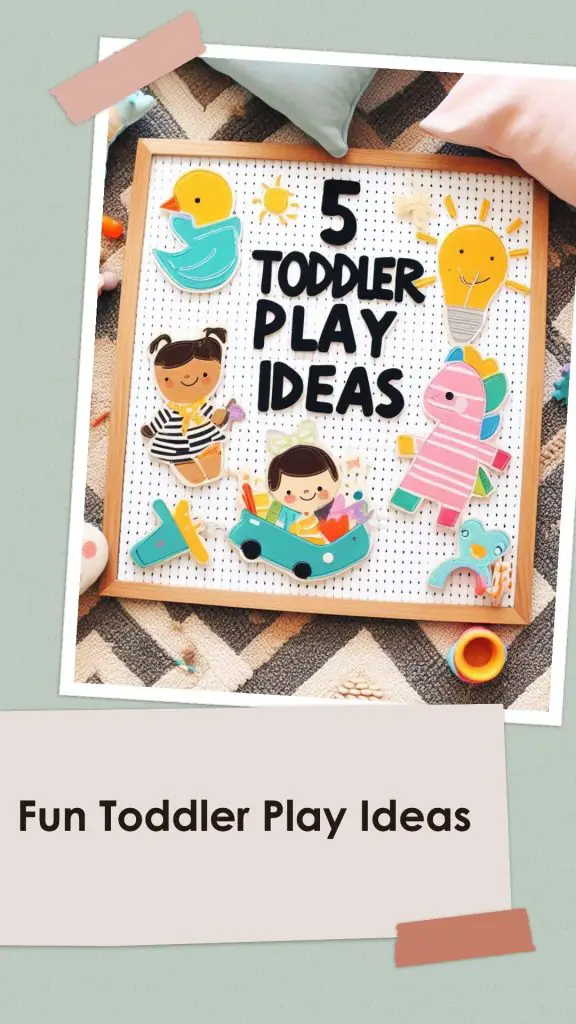
1. Stickers
Stickers are a simple and versatile activity that toddlers love. You can use any kind of stickers, such as animal stickers, letter stickers, or shape stickers. You can also use any kind of paper, such as plain paper, coloured paper, or cardboard. You can even use old magazines, newspapers, or junk mail.
The idea is to let your child peel and stick the stickers wherever they want. You can also make marks on the paper and ask your child to cover them with stickers. Or you can get a sticker activity book and let your child follow the instructions. Some stickers require more dexterity than others, they are great for fine motor skill development.
Stickers are also great for developing hand-eye coordination, and spatial awareness. They also help your child learn about colours, shapes, letters, animals, and more. A top tip if your toddler is struggling to peel them off is to peel off the surrounding sticky bit, this then leaves the stickers on the sheet that can be easily picked off.
2. Rip and Tear
Ripping and tearing paper is another easy and fun activity that toddlers enjoy. All you need is some paper and a bin or a bowl. You can use any kind of paper, such as tissue paper, wrapping paper, or newspaper. You can also use different colours and textures of paper.
The idea is to let your child rip and tear the paper into small pieces and put them in the bin or the bowl. You can also encourage your child to make different sounds as they rip and tear the paper, such as “rip”, “tear”, or “crunch”. Or you can ask your child to sort the paper by colour or size.
Ripping and tearing paper is good for strengthening fine motor skills, hand muscles, and finger dexterity. It also helps your child safely release some energy and emotions.
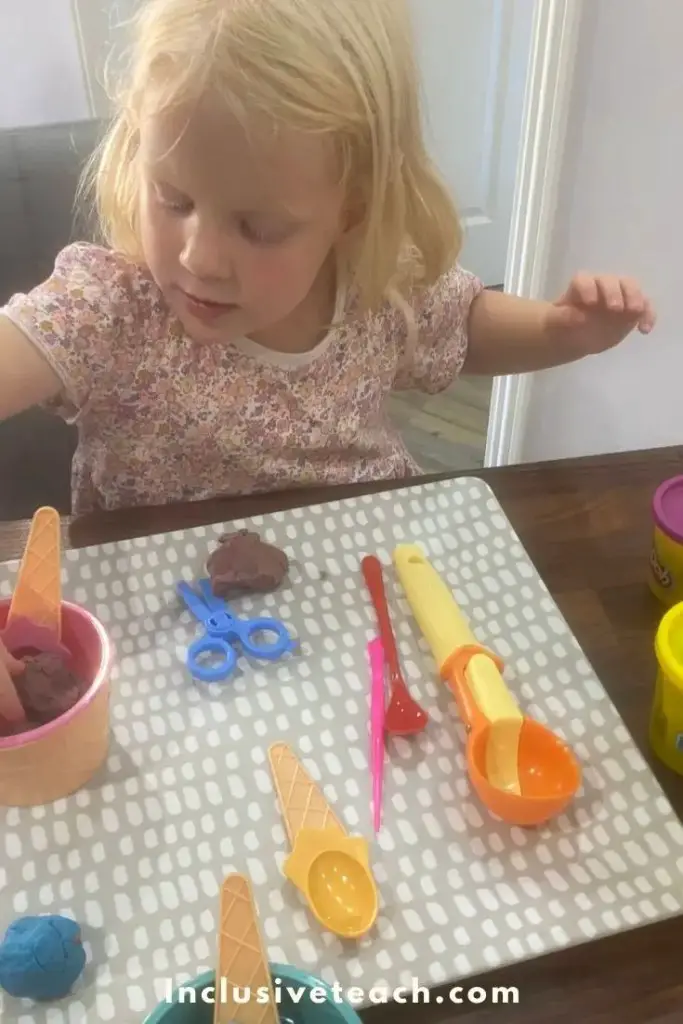
3. Playdough
Play dough is a classic and versatile activity that toddlers love. You can use store-bought play dough or make your own with simple ingredients from your kitchen. You can also add different colours, scents, and textures to your play dough for extra sensory fun.
The idea is to let your child explore and create with the play dough as they like. You can also provide them with some tools and accessories to enhance their play, such as:
- cookie cutters, rolling pins, and scissors
- straws, sticks, and pipe cleaners
- buttons, beads, and googly eyes
- shells, rocks, and leaves
- plastic animals, cars, and people
Play dough is great for developing fine motor skills, hand strength, and finger dexterity. It also helps your child learn about shapes, sizes, colours, and patterns. You can also introduce some math and literacy concepts by making numbers, letters, or words with the play dough. If your child is not a fan of play dough you can use kinetic sand.
4. Treasures
Treasures are any small objects that your child finds interesting or valuable. They can be anything from buttons, beads, shells, rocks, coins, keys, rings, etc. You can collect them from around the house or outside.
The idea is to give your child a container, cardboard box treasure chest or a bag to store their treasures. You can also give them some tools to explore their treasures, such as a magnifying glass, a flashlight, a tweezers, etc.
Let your child look at their treasures closely, touch them, sort them, count them, etc. You can also ask your child questions about their treasures, such as “What is this?”, “Where did you find it?”, “What colour is it?”, etc.
Treasures are wonderful for sparking curiosity, imagination, and discovery. They also help your child learn about numbers, shapes, sizes, textures, and more.
5. Mix it All Up
Mixing it all up is a fun way to combine different activities and materials that your child likes. You can use any of the activities and materials mentioned above, or any others that your child enjoys.
The idea is to let your child mix and match different activities and materials as they wish. For example:
- Let your child stick stickers on their treasures
- Let your child rip and tear paper and shide their treasures
- Let your child use their treasures to make patterns or shapes on the play dough
- Let your child use the play dough to copy shapes in the stickers.
Mixing it all up is a great way to encourage creativity, flexibility, and experimentation. It also helps your child learn about cause and effect, patterns, sequences, and more. Learning through play is such a powerful developmental tool we should encourage it whenever possible.
More Resources about Independent Toddler Play
If you are looking for more ideas and tips on how to encourage independent play in your toddler, you can check out these blogs:
- Independent Play Activities For Toddlers (30+ activities listed)
- Easy Activities that Encourage Independent Play for Toddlers
- Simple Independent Play Activities for Toddlers
I hope you found this article helpful and inspiring. Remember, independent play is not only good for your toddler, but also for you. It gives you some time to relax, recharge, or get things done. So go ahead and try some of these quiet toddler activities today. You’ll be amazed by what your little one can do by themselves. Happy playing!

